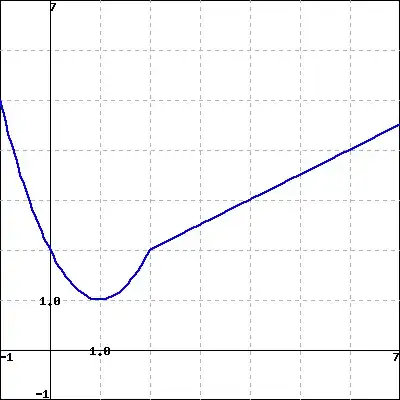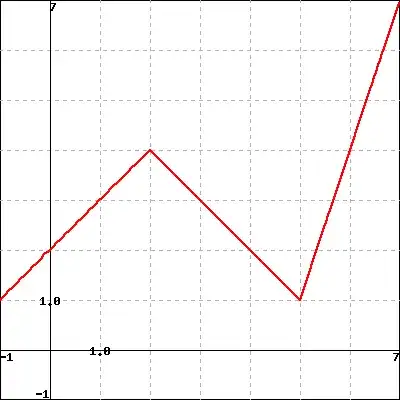The graphs of the function $F$ (left, in blue) and $G$ (right, in red) are below. Let $P(x)=F(x)G(x)$ and $Q(x)=F(x)/G(x)$.
Answer the following questions.
- $P′(1)=$
- $Q′(1)=$
- $P′(6)=$
- $Q′(6)=$
Here is the graph of $y=F(x):$
And here is the graph of $y=G(x):$
I know this is asking me to be able to use the Product and Quotient rule to find the derivatives; Product rule if asking for $P'(x)$ and Quotient for $Q'(x)$. I am fairly okay with doing these two. However, I am unsure how to get the numbers I need from the graph: the $f(x), g(x)$, $f'(x)$ and $g'(x)$. I believe $f(x)$ would be $1$ and $g(x)$ would be $3$, but I am unsure--and definitely unsure about how to get the $f'(x)$ and $g'(x)$. Any help would be appreciated.

